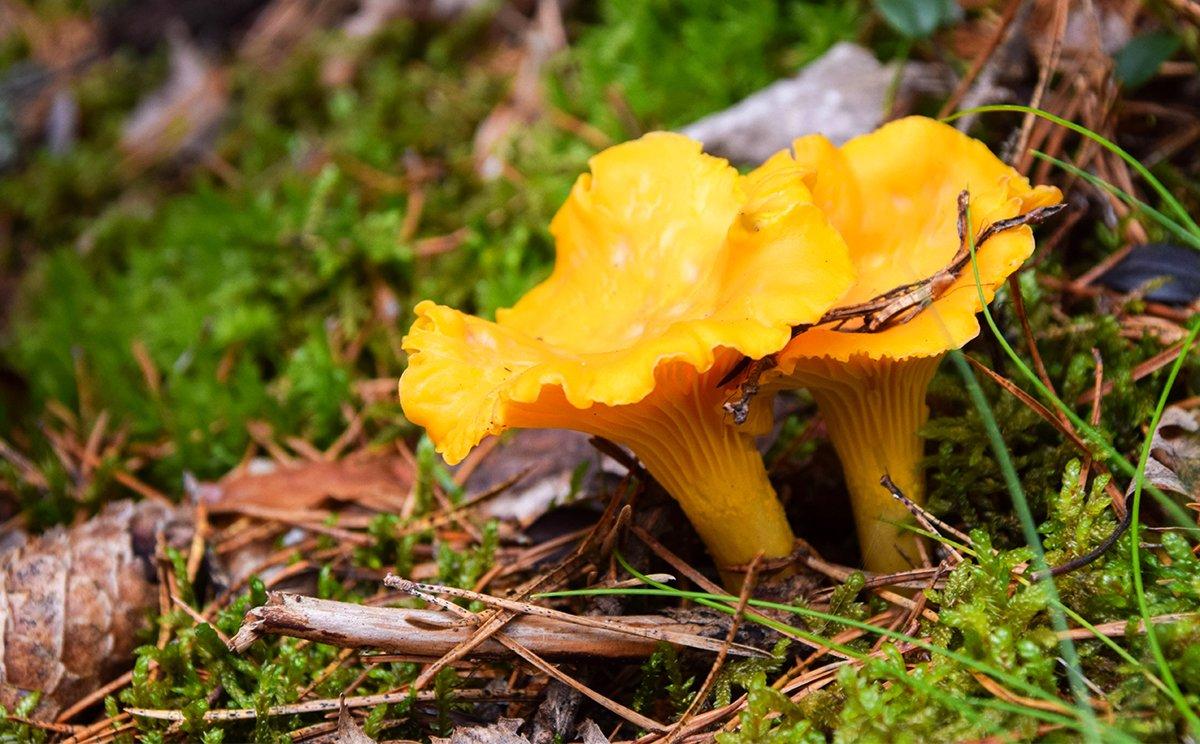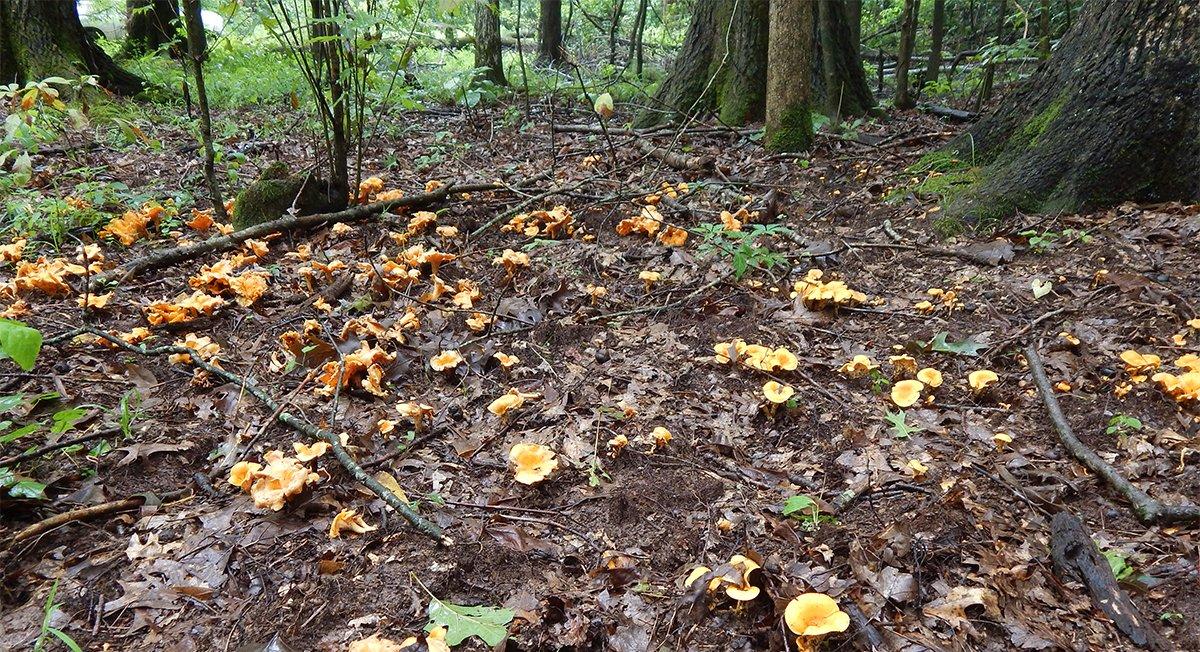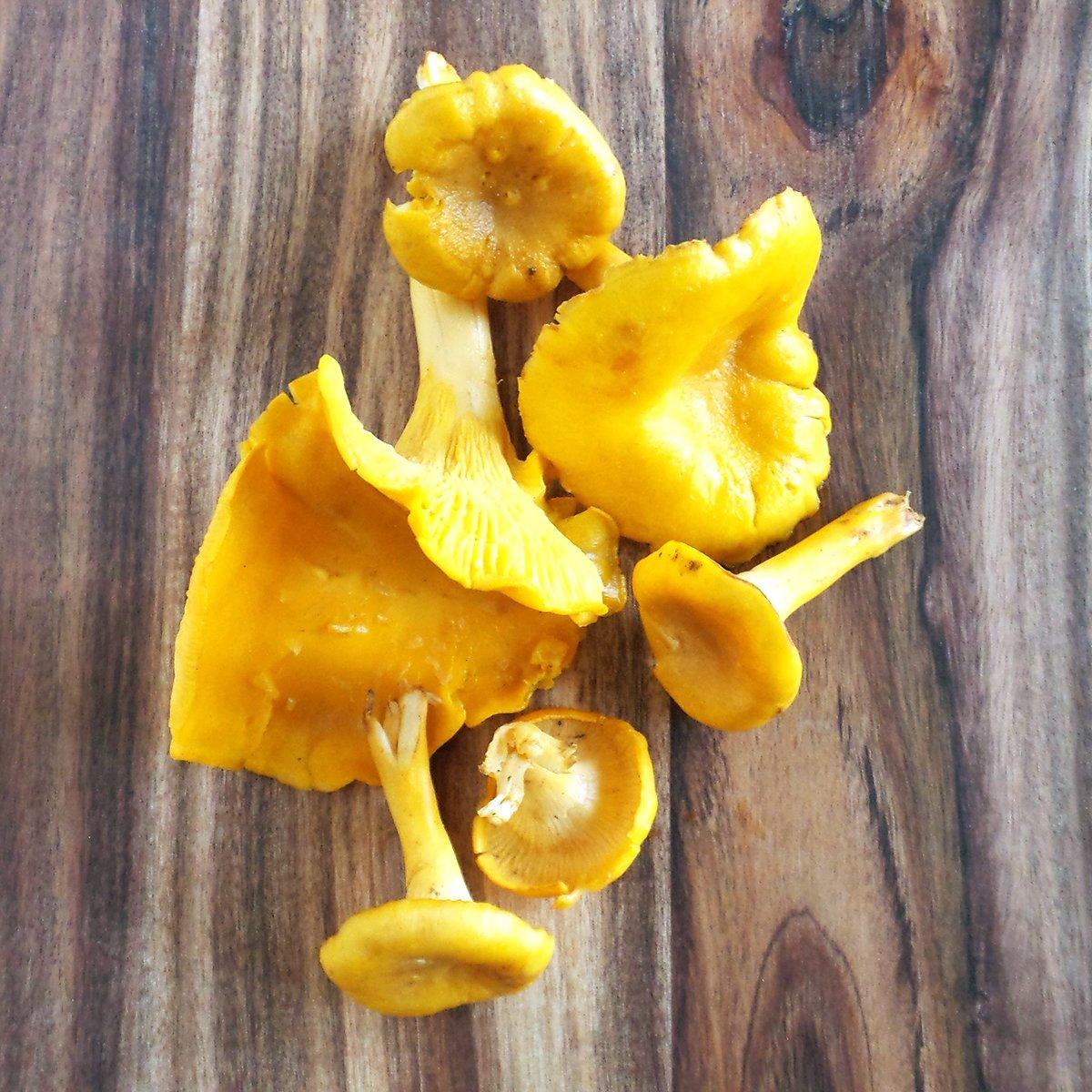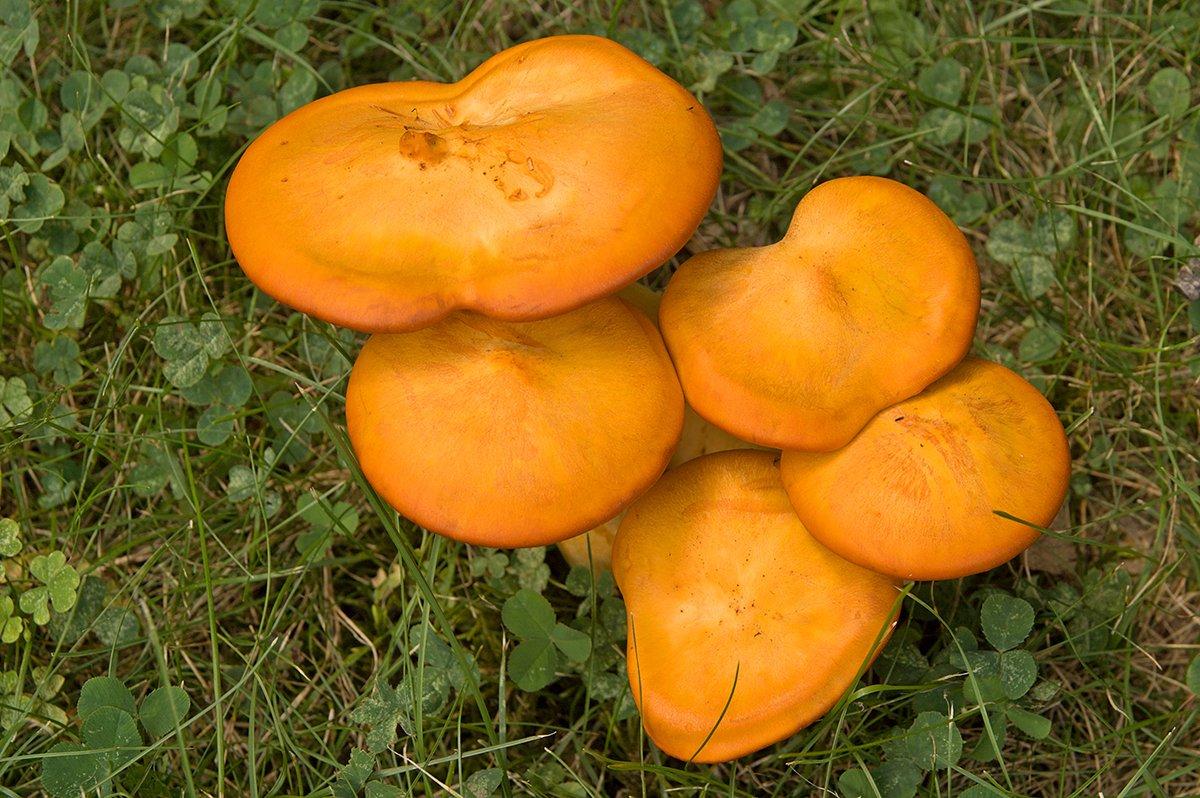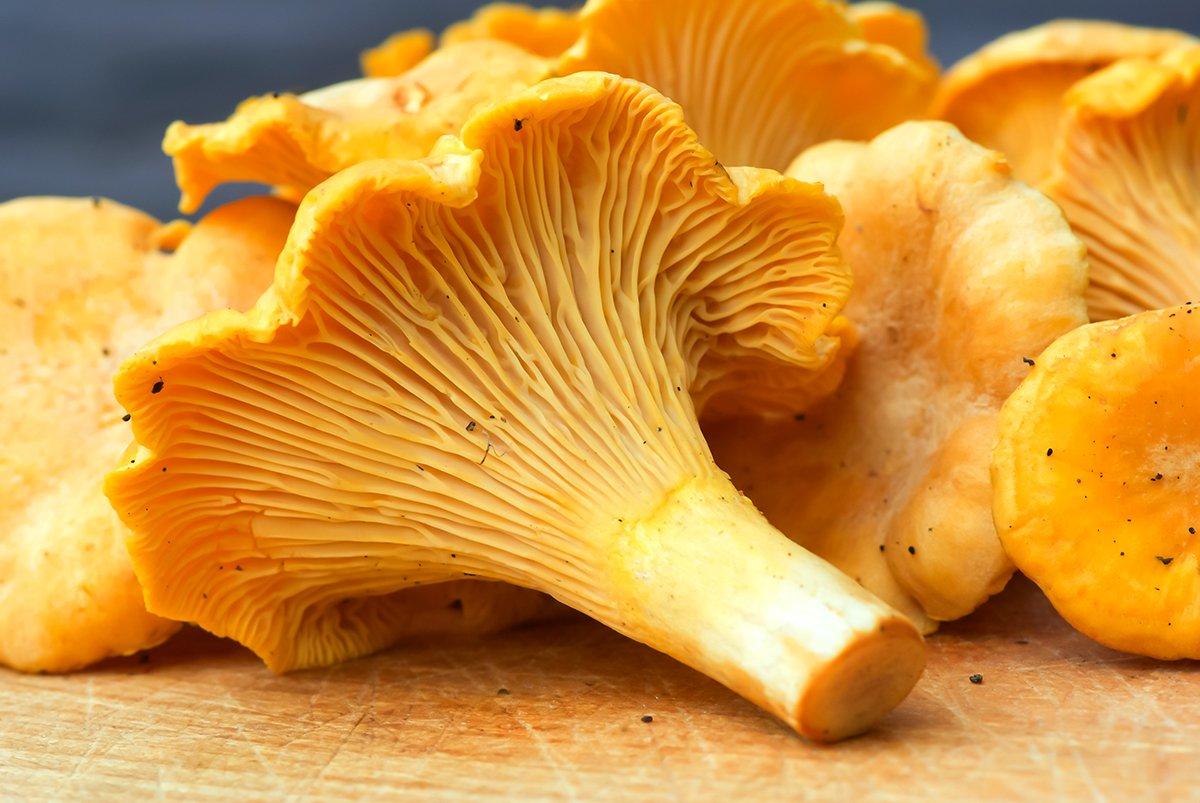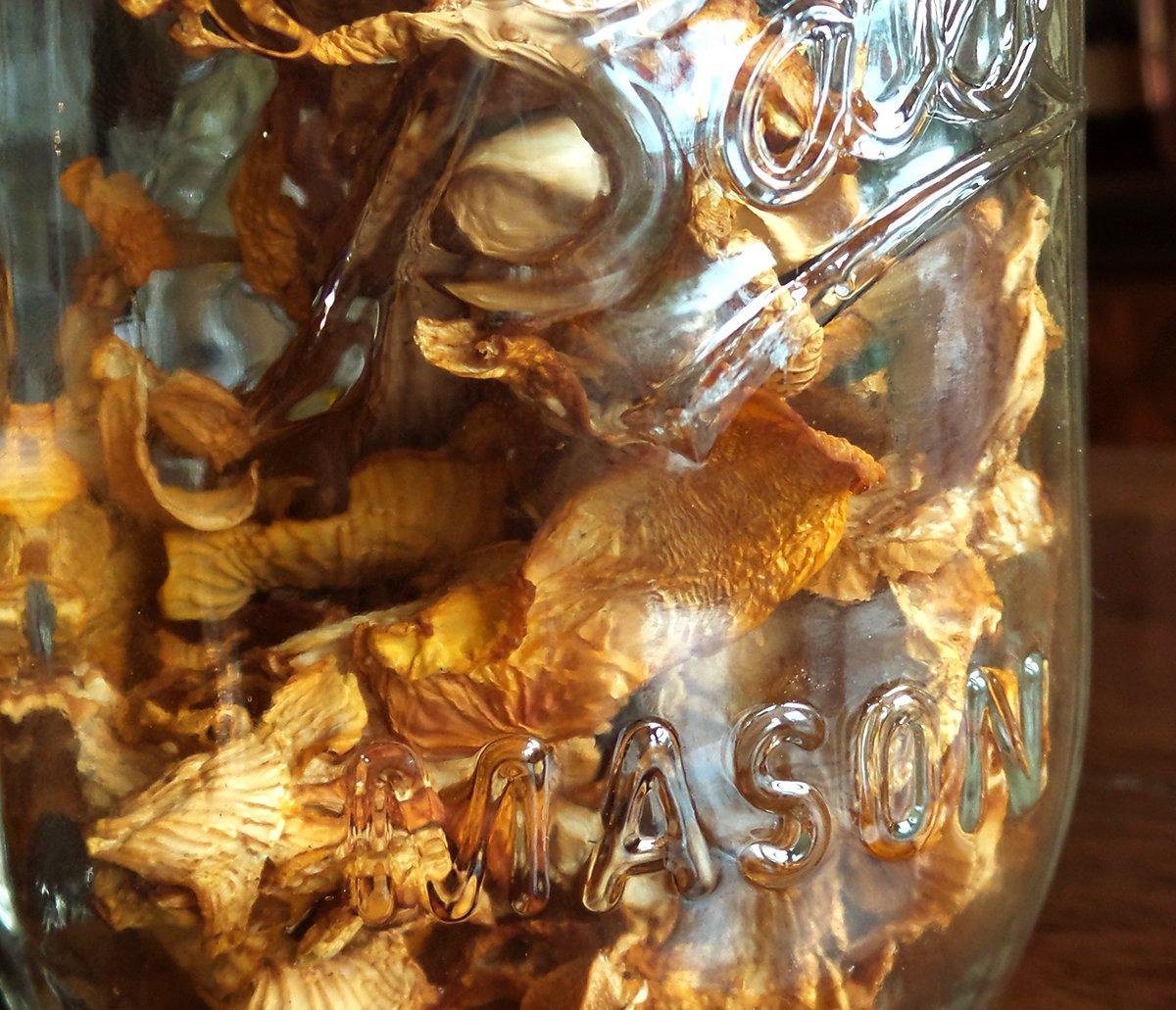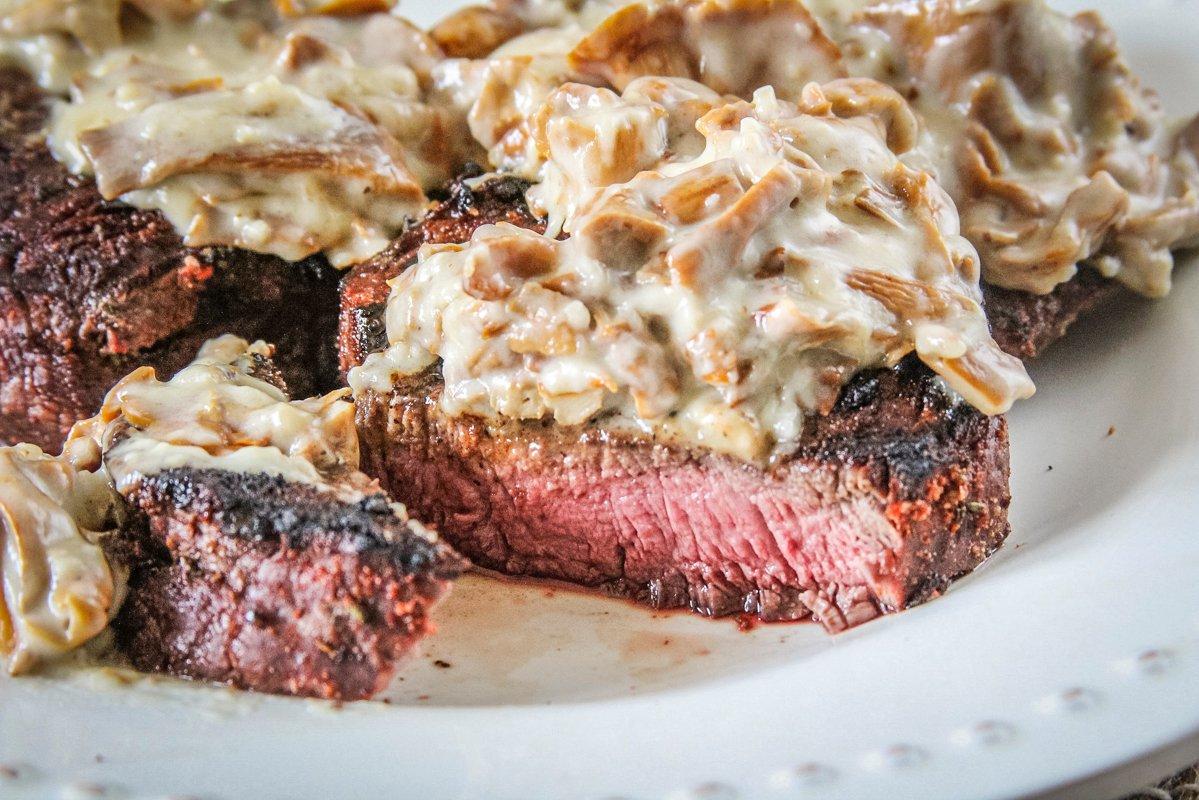These overlooked mushrooms can actually be easy to locate, and they're one of the tastiest mushrooms in the woods
Morels are the attention hog of wild mushrooms. Every spring, people all over the country take to the woods in search of the famed fungi. But there's another mushroom that usually pops up in many of the same areas a month or two later. It is easier to spot, grows over a longer window of time, and tastes just as good, and some say even better than the morel.
Chanterelle mushrooms of one variety or another grow over most of the planet. Here in the U.S., they start to pop up across many areas of the South and Midwest and along the East Coast anywhere from late May through September. Along the West Coast and up through the Pacific Northwest, the season starts in the fall and runs through much of the winter. Common varieties include the small red cinnabar and the larger, more prolific, golden chanterelle. Chanterelles thrive just about any time the combination of prolific rain and warm temperatures occur together. The best part about them? Unlike the nearly camouflaged morel, chanterelle mushrooms are usually bright yellow or orange, making them practically jump out from the brown forest floor.
(Don't Miss: The Best Way to Cook Chanterelle Mushrooms)
Location
Chanterelles are a mushroom that has yet to be cultivated. That means that if you want to try these tasty morsels, you're going to need to take to the woods. I've often had my best luck in mature stands of mixed hardwoods but have found the occasional chanterelle among mature pines, cedars, and other conifers as well. Look for a damp area with rich soil and a fairly dense leaf canopy for shade. Low creek and river bottoms are the perfect place to start your search. Unlike several other mushroom varieties, chanterelles sprout from the soil and not from living or dead timber. They tend to be prolific growers, so where you find one, you can often find several.
Identification
As with any wild mushroom foraging, it's always a good idea to start by going with an experienced forager or by referencing a couple of accurate identification books. Never trust a single blog post or video by itself. While chanterelles don't have many lookalikes, there is a common one that can give you a nasty stomach bug. More on that later.
Chanterelle varieties can range from bright yellow to deep red, with a few less common varieties showing up in both white and black forms. Chanterelle caps range in size from an inch to 5 inches, depending on variety and age. The underside of all chanterelle caps features false gills, more like narrow waves imprinted onto the surface of the mushroom. If you rake your knife blade or fingernail across these false gills, they won't separate or release from the underside of the cap.
The flesh of a chanterelle should be creamy white. They grow on a single stem that should be solid and not hollow. Another good identification trick is to give the freshly picked mushroom a sniff. It should smell mildly of apricots or other fruit, not strong or unpleasant at all.
The most common lookalike for chanterelles is the jack-o'-lantern mushroom. A deep orange color, jack-o'-lanterns often grow in clumps from rotting timber. The underside of a jack-o'-lantern cap exhibits true gills that can be easily spread apart or removed from the cap when raked with a knife blade. The flesh of a jack-o'-lantern mushroom is nearly as orange as the surface, another easily identified difference with the chanterelle. Jack-o'-lanterns won't have the pleasant fruity scent of chanterelles, and they often even produce an unpleasant odor. While eating a jack-o'-lantern mushroom probably won't kill you, it will cause enough gastrointestinal unpleasantness to make you wonder if it might.
(Realtree Edge raincoat on sale: $47)
Harvesting
As with all mushrooms, I prefer using a knife to cleanly slice chanterelles at the base instead of pulling or twisting the mushroom. This keeps them cleaner and leaves behind a portion of the mushroom to regenerate.
After cutting the mushroom, I use a soft brush to wipe away any loose soil or insects that might be on the surface before placing the mushroom into a cloth or mesh bag or into a basket. I try to avoid plastic bags for mushrooms, as they tend to make them sweat and crush some of the more delicate specimens.
Cleaning and Storage
Once you get home, use a damp cloth or brush to remove any remaining soil or contaminants you might have missed in the woods. Allow the mushrooms to dry on a wire rack before placing them in a paper bag in the refrigerator. Chanterelles will keep for a week or slightly longer when stored this way.
If you have had an extra-productive foraging trip and need to store your excess mushrooms for a longer period, there are a couple of ways to go about it. You can dry the chanterelles in a dehydrator, then reconstitute them in warm water before use, but they do lose some of their flavor with this technique.
A better method for long-term storage is to sauté the mushrooms in butter until they release their moisture. Once the liquid has mostly evaporated, allow the mushrooms to cool, then pack into zip-style bags and freeze. This preserves almost all of the mushroom's flavor, and the thawed chanterelles are perfect for sauces and gravies.
Cooking
Chanterelles can be cooked in a variety of ways. They make outstanding soups, gravies, and sauces that can be ladled over just about any kind of wild game meat. They also make an exceptional breakfast omelet.
Because chanterelle mushrooms can be up to 90% water, it can be tough to get dry breading to stick to them for fried mushrooms. As they cook, water releases from the surface of the mushroom, taking the breading off with it. If you prefer your mushrooms fried, mix up a batter and dip the mushrooms into it, then drop them, one at a time, into 350-degree oil. The hot oil will seal the batter crust and contain the moisture inside.
One of my favorite ways to cook chanterelle mushrooms is to sauté them in butter with a sprinkle of salt and a few slivers of fresh garlic. We serve them this way as a side dish or spooned over grilled venison or elk steaks.
Ready to get out and find some chanterelles of your own? You're in luck. For most of the country, there is still plenty of time. Just hit the woods a day or two after the next big rain and keep your eyes open for these golden treasures sprouting from the forest floor.

